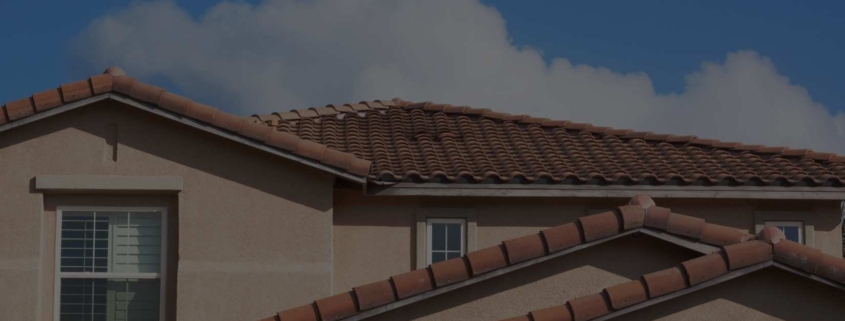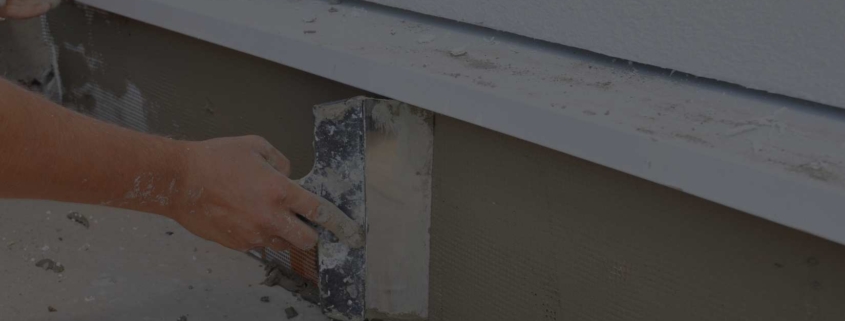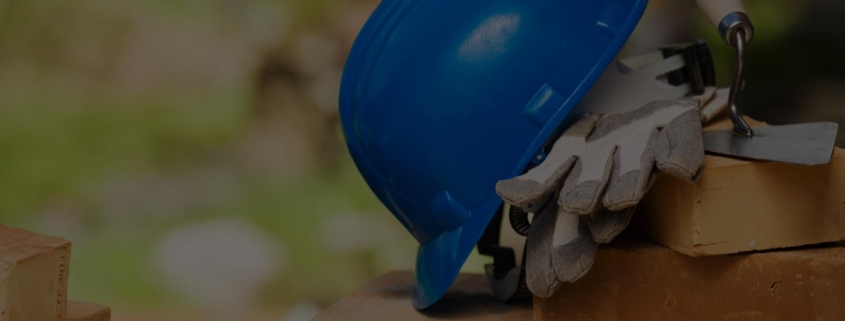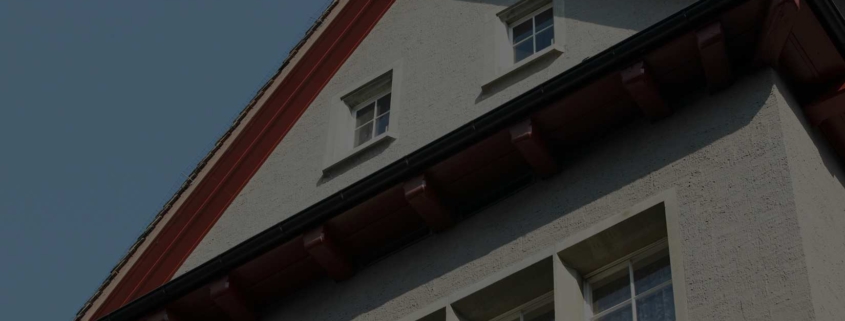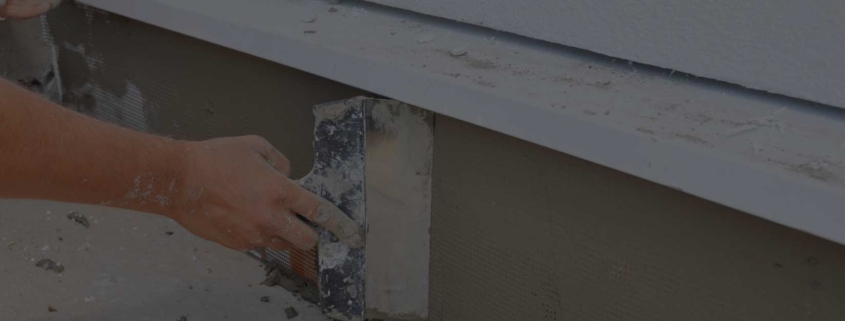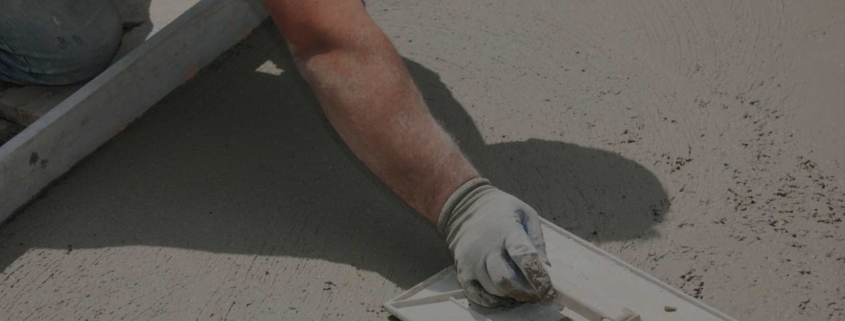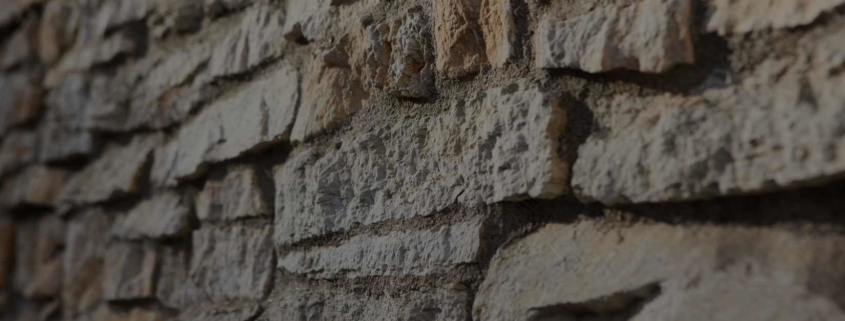Imagine a protective barrier, a shield if you will, that defends your home against the onslaught of time and weather, preserving its beauty and structural integrity. This is not a scene from a sci-fi movie, but a real-life solution that many homeowners in Toronto are embracing—it’s called parging.
Parging, a masonry technique, involves applying a thin layer of mortar over exposed brick or stone, providing an additional layer of protection against the effects of harsh weather conditions. But it’s not just about safeguarding your home; parging also significantly enhances the aesthetic appeal of the building. This introduction takes you on an exploratory journey, demystifying the concept of parging, and highlighting the incredible benefits it brings to your Toronto home.
From improved insulation and increased property value to enhanced curb appeal, the advantages of parging extend beyond mere surface level. Understanding parging allows homeowners to make informed decisions about home maintenance and improvement, ensuring their homes remain structurally sound and visually pleasing for years to come.
What is Parging and Why is it Important?
Parging is a technique used by masons to apply a protective cementitious coating on the exterior of a building’s foundation or basement walls. The primary purpose of parging is to create a barrier against water, moisture, and external elements that may compromise the structural integrity of your home.
Apart from serving as a protective barrier, parging also provides several other benefits:
- Aesthetic Appeal: When done correctly, parging can enhance the overall appearance of your home, giving its foundation a smooth, clean, and uniform look.
- Insulation: Parging adds an extra layer of insulation to your home’s foundation, contributing to improved energy efficiency and temperature regulation.
- Pest Deterrent: A properly sealed foundation can deter rodents and insects from entering your home, preventing potential damage and health hazards.
The Parging Process: Step-by-Step Guide
While parging may appear to be a simple process, it requires skill, precision, and knowledge to ensure a professional and durable result. Here is a general step-by-step guide to the parging process:
- Surface Preparation: The mason begins by cleaning the foundation or basement wall surface, and removing any dirt, debris, or old, damaged parging to ensure proper adhesion.
- Mixing the Parge Coat: The parging mix, often consisting of sand, Portland cement, and lime, is prepared according to the desired specifications and consistency.
- Application of the Parge Coat: The mason applies the parging mix to the wall surface using a trowel, spreading it evenly and ensuring the right thickness for optimal effectiveness and durability.
- Finishing: Once the parging mix is applied, the mason will smooth out and finish the surface, achieving a clean, consistent, and professional look.
- Curing: After the parging process is completed, it is crucial to allow the parge coat to cure for the recommended time, generally between 24 to 48 hours.
Factors to Consider When Choosing Parging Materials
Selecting the right parging material is crucial for the longevity and effectiveness of the application. Some factors to consider when choosing parging materials include:
- Climate: The climate of your region plays a significant role in determining the best parging material, as some materials may not withstand extreme temperatures or weather conditions as effectively as others.
- Compatibility with Existing Material: If your foundation walls are made of different materials, such as brick, block, or stone, it is essential to choose a parging mix that will adhere well to each type.
- Ease of Maintenance: Consider parging materials that are easy to maintain and repair, as they will help your foundation last longer with minimal efforts and expense.
- Aesthetic Preferences: Choose a parging mix that matches your home’s architectural style and your personal preferences in terms of colour, texture, and appearance.
Benefits of Parging for Your Home’s Foundation
When executed professionally, parging offers numerous advantages for your home’s foundation:
- Protection from Water Damage: By forming a watertight barrier, parging prevents moisture from seeping into your foundation, thus reducing the chances of mould growth, rot, and structural decay.
- Enhanced Durability: Parging helps protect your foundation from harsh weather conditions, such as freezing and thawing cycles, which can cause cracks and damage the structure over time.
- Improved Insulation: An added layer of parging can improve your home’s energy efficiency by reducing heat loss through the foundation walls, resulting in lower energy bills.
- Aesthetic Appeal: A properly applied parge coat can enhance the appearance of your home’s exterior, adding to its curb appeal and potential resale value.
Common Parging Issues and How to Address Them
Though parging can be highly beneficial for your home’s foundation, some issues might arise if it is not done correctly or maintained properly:
- Cracks and Deterioration: Exposure to moisture and temperature fluctuations can cause parging to develop cracks or crumble. Addressing such issues promptly and professionally is essential to maintaining your home’s structural integrity.
- Parging Failure: Poorly mixed parging material or inadequate surface preparation can lead to parging failure, requiring removal and reapplication of the parge coat.
In order to avoid these issues, it’s essential to have your parging needs handled by a reputable masonry company like Red Robin Masonry, which will ensure it’s done professionally, effectively, and durably.
Revamp Your Home’s Exterior with Parging: Why It’s Important in Toronto
In a city like Toronto, where weather conditions can be harsh, it is critical to have a sturdy, well-maintained home. Parging, when done correctly, can be an effective tool in your home maintenance arsenal. By choosing Red Robin Masonry, you are opting for a proactive approach to home maintenance, investing in your home’s future while enhancing its present.
Ultimately, the decision to parge is not just about improving the look of your home, but about safeguarding its structure and ensuring its longevity. Get in touch with us to learn more about our parging services in Toronto!


